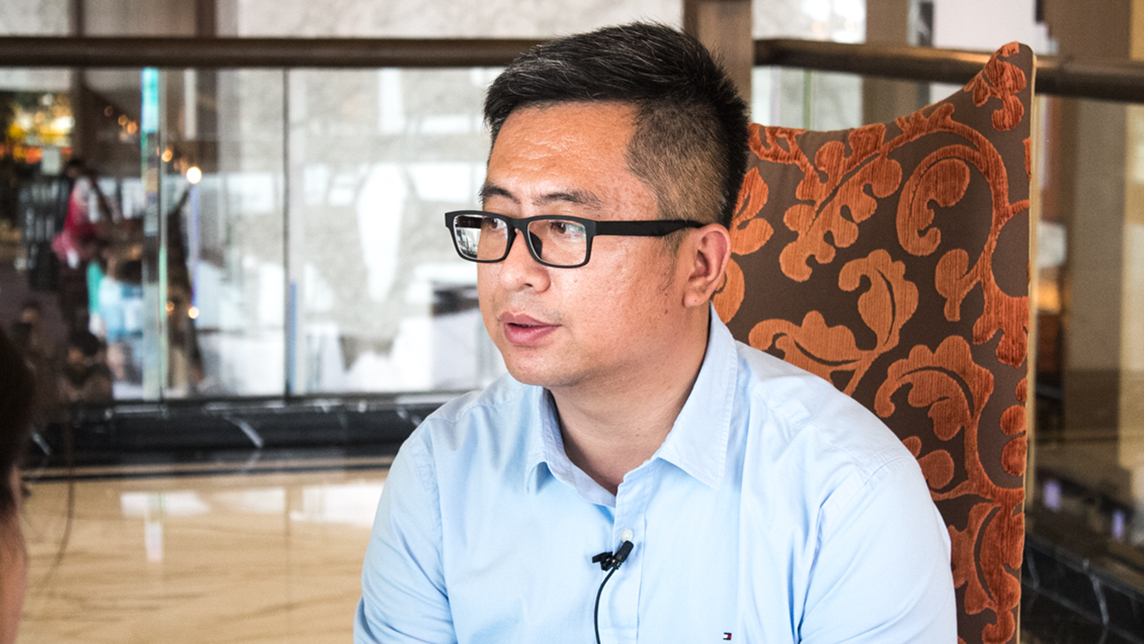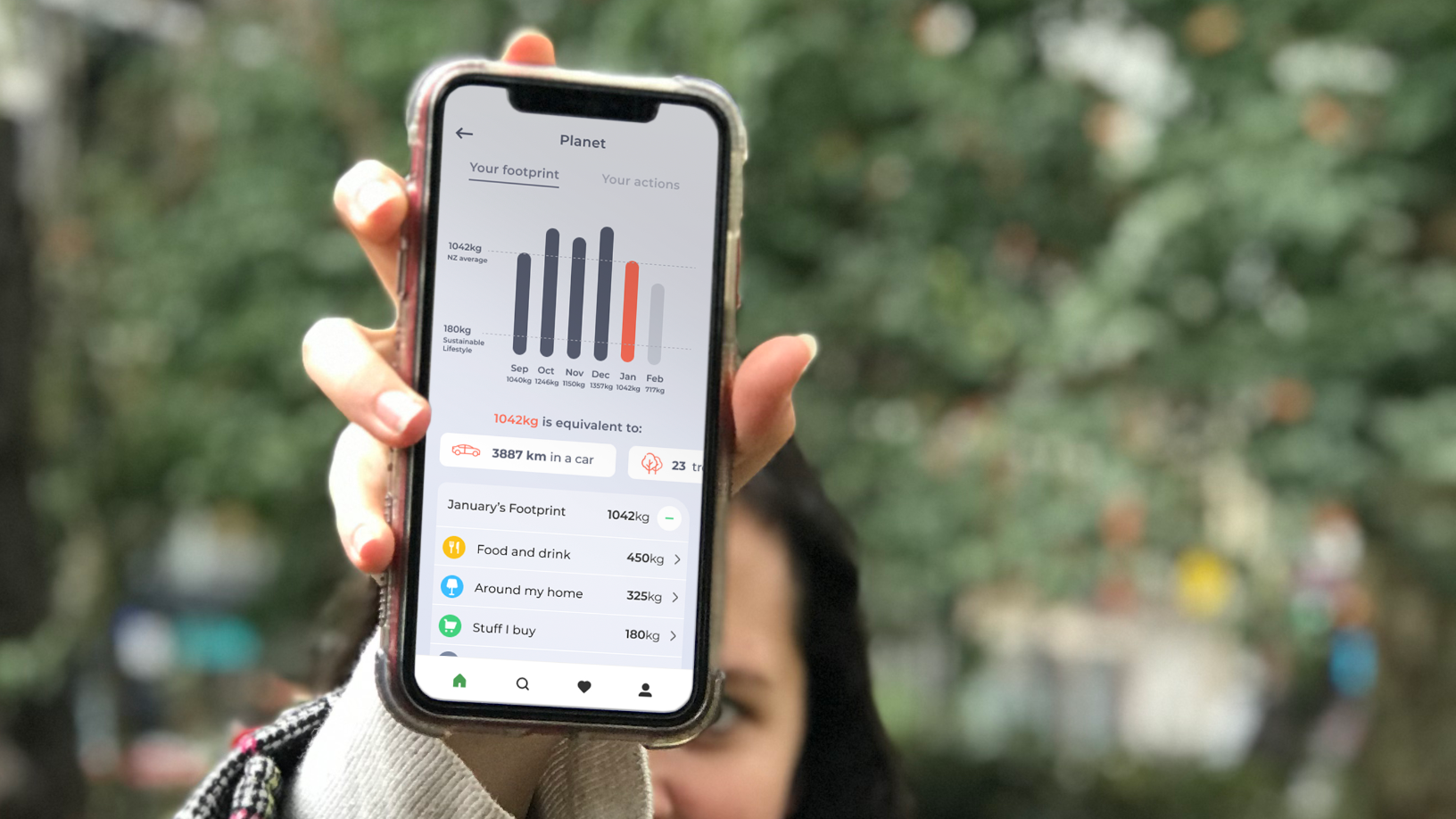A startup based in Beijing, Ninebot makes personal, short-distance transportation devices including hoverboards and self-balancing unicycles. It made waves last year when its acquisition of former rival Segway was accompanied by a large investment from Chinese tech giant Xiaomi.
Ninebot also works in robotics: its recent efforts culminated in the Hoverboard Butler, a collaboration with Intel unveiled at this year's Consumer Electronics Show (CES) in Las Vegas.
CompassList interviewed Ninebot founder and CEO Gao Lufeng in Hong Kong in 2016, during the Rise conference.
Could you tell us more about your market in China?
More than 70% of our revenue this year is coming from China. The Ninebot One is very popular there. Together with Xiaomi, we also brought out the Ninebot Mini, a self-balancing scooter; its sales in China have reached 1 million so far this year. We also hold almost all the patents in this field.
Our products have now been certified to enter other countries. The United States International Trade Commission (ITC) recently issued a General Exclusion Order (GEO) to Ninebot, meaning that all personal transportation vehicles are banned from entering the United States, except for Ninebot and Segway. We are also planning to make Singapore the distribution center of our Asia-Pacific market this year.
In the long run, there may be twice as much revenue internationally as there is domestically.
Xiaomi is one of your major investors. How have you benefited from this relationship? On the other hand, why do you think Xiaomi decided to invest in Ninebot?
Xiaomi is very influential in China, and they give us strong support in two aspects. First, supply chain: Xiaomi is one of the biggest customers of LG batteries worldwide, which means Ninebot can purchase the batteries at a much lower price, helping us to reduce costs. Secondly, we benefit a lot from Xiaomi’s distribution channels.
Xiaomi has always dreamed of the “smart home,” which comprises a range of things from, for e.g., [household appliances] such as rice cookers, to transportation. For transportation, it seemed to me that Xiaomi wasn’t keen on getting into large devices like smart cars, but in short-distance transportation they would choose [to invest in] an internationally strong company. It so happened that we were in early talks with Segway then, so very quickly we [Xiaomi and Ninebot] arrived at a partnership.
I hear you are building a new office in San Francisco.
The headquarters of Segway is located in Boston, which is on the East Coast. Our new office, in San Francisco, is on the West Coast, where we would mainly focus on our robotics projects. The American market has great potential, especially since we’ve got the GEO.
There are many distinctions within the American market, so it requires us to adopt different strategies, on, for example, marketing. In China, we mainly rely on the distribution channels of Xiaomi, which count for more than 90% of our total sales. In the United States, we need to modify our strategy. For example, we cooperate with big e-commerce platforms like Amazon, which recently got exclusive sales rights for our small vehicles, as well as offline channels like Best Buy and Costco.
On a strategic level, we think that the American market is more important for our robotics products. For personal transportation products, however, each market carries a very large customer base.
What does Ninebot’s acquisition of Segway mean to you? Historically, we have always looked to the United States as the leader in technology and innovation. These days, China seems to be taking over that role.
I think you can see the acquisition as global resource allocation. China has greater advantage in terms of hardware. When Segway’s advantages in patent and brand image are combined with our advantage in hardware manufacturing, it is an optimal allocation of global resources.
This also applies to other fields. The country of origin no longer matters. Instead, we are more concerned about whether it is the best combination of global resources. For example, if some hardware manufacturers are based in Europe or United States, they may not be in as advantageous a position as they are today in Shenzhen.
Only by setting up factories or building sources of raw materials in China can they make themselves more competitive.
It’s the globalization trend.
This morning, I met with many startups at Rise. The overall impression I got is that in the hardware-related industries, the companies from China are far ahead of others in their business models. Previously, key ideas came from European or American companies, but now it has changed. I was very impressed.
What is your vision for Ninebot?
I think what we’ve done is only one-tenth of what’s going to happen in the future. There will be changes in the transportation industry that can be much more influential and faster than people think. The future of Ninebot will be much more spectacular than what we are today.
I would like to share two of our dreams with you. Firstly, we hope that every family in the world can own at least one Ninebot/Segway device. Secondly, nowadays there are many scenarios where people still need to move faster on foot. We hope that there are some other solutions that can help you move faster without walking; maybe by just getting your feet off the ground.
The interview was conducted in Mandarin and translated. It has been edited for length and clarity.











